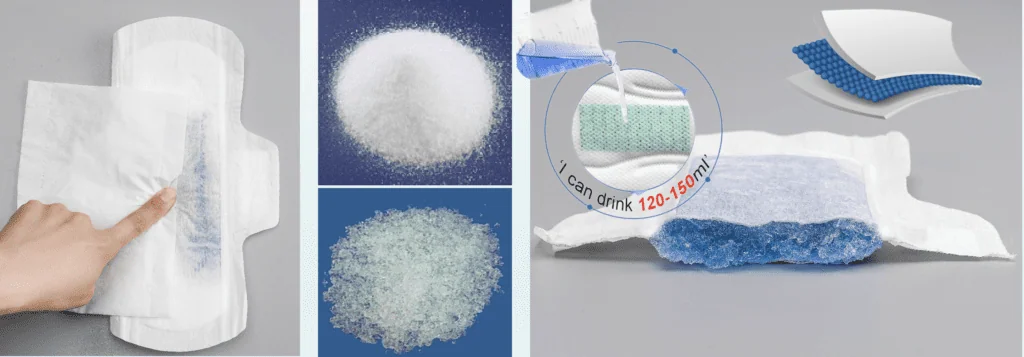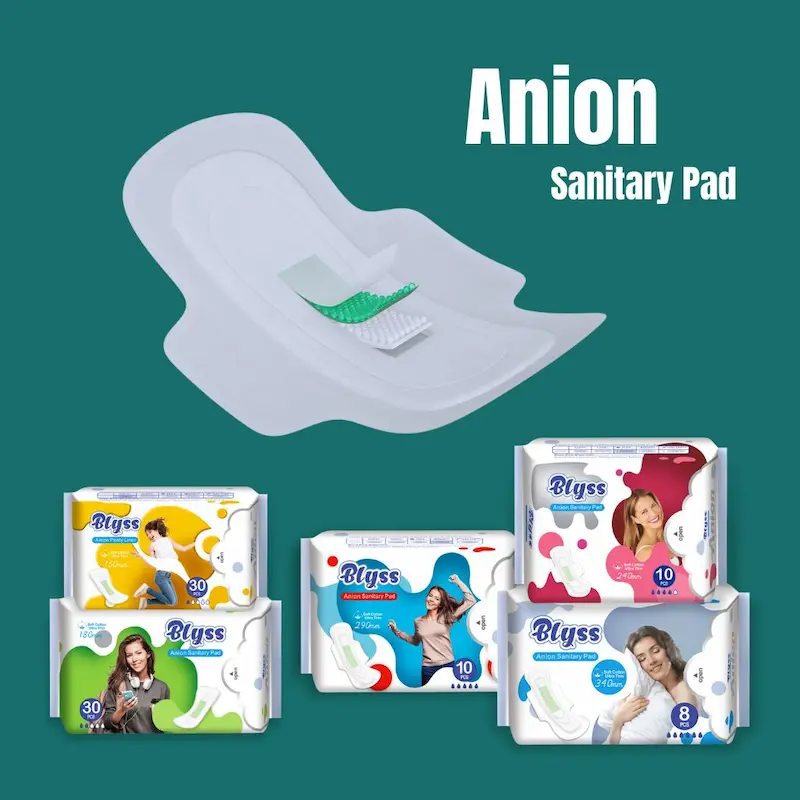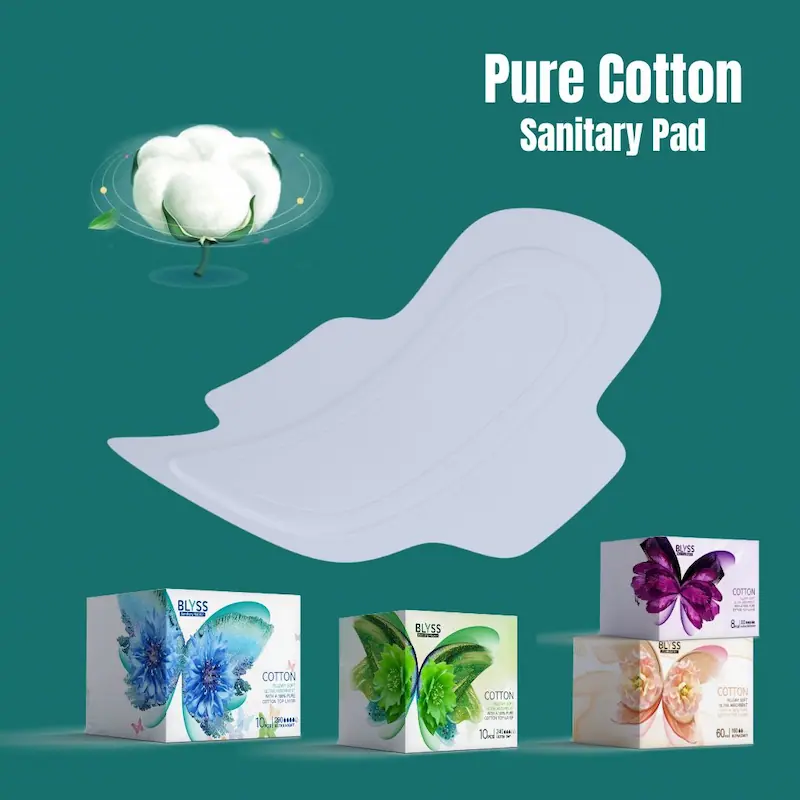With sanitary napkins being an essential part of a women’s life, the selection of sanitary napkins has become a logical and important event. It is important to make sure that they are getting the most absorbent pads possible.
During those few days of the month, a good sanitary napkin provides the most intimate and comfortable care for women. During the night time, the need for sanitary napkins is even more important.
As not every importer or user has access to the professional testing tools like manufacturers, below we will teach you the easiest way to test the absorption so that every buyer can do it.

Purpose:
The purpose of this article is to teach you how to test the absorbency of a sanitary pad so that you can find the most absorbent pad for your needs.
Equipment and Materials:
1.1 Analytical balance accurate to 0.01 grams (with cover)
1.2 Water basin or equivalent
1.3 Stopwatch
1.4 Hanging Framework
1.5 Distilled water can use Mineral water as replacement (around 23 degrees)
1.6 Pen and paper to record data
Procedure:
1.1 Remove the individual wrapping and the release paper (back & wings);
1.2 Weigh the sanitary pad and record initial dry weight (grams) on the paper;
1.3 Fill the pan with distilled water and set the timer for 1 minute ready;
1.4 Place the dry sanitary pad in the pan to completely submerge it;
1.5 After 1 minutes, hang it over a bar with centerline for 1.5 minutes to allow excess liquid to drain;
1.6 Place the pan on the laboratory balance and zero the balance;
1.7 Remove the hanging and place it into the pan and weigh it and record the wet weight;
Calculation
Total absorbency(g) = wet weight(g) – Initial dry weight(g)
This is the most common method to test the absorbency of a sanitary pad. The amount of water absorbed by the sanitary pad is an important indicator to show how good it is. However, this test only reflects the absorbency and does not reflect other aspects like reset or comfort. To have a more comprehensive analysis of a sanitary napkin, we recommend you to consult professional testing methods like the ones used by manufacturers or third party testing agencies.
You can also check out this video to see how it’s done:
Agree (Fujian) Sanitary Products Co., Ltd





